Fashion
A Tale of Two Designs: The Aesthetics of Zero Waste
Jay Chadly Pulan’s Foliosa dress and footwear pieces, and Lyanna San Pedro’s Osiris earrings share their advocacy for zero waste fashion.
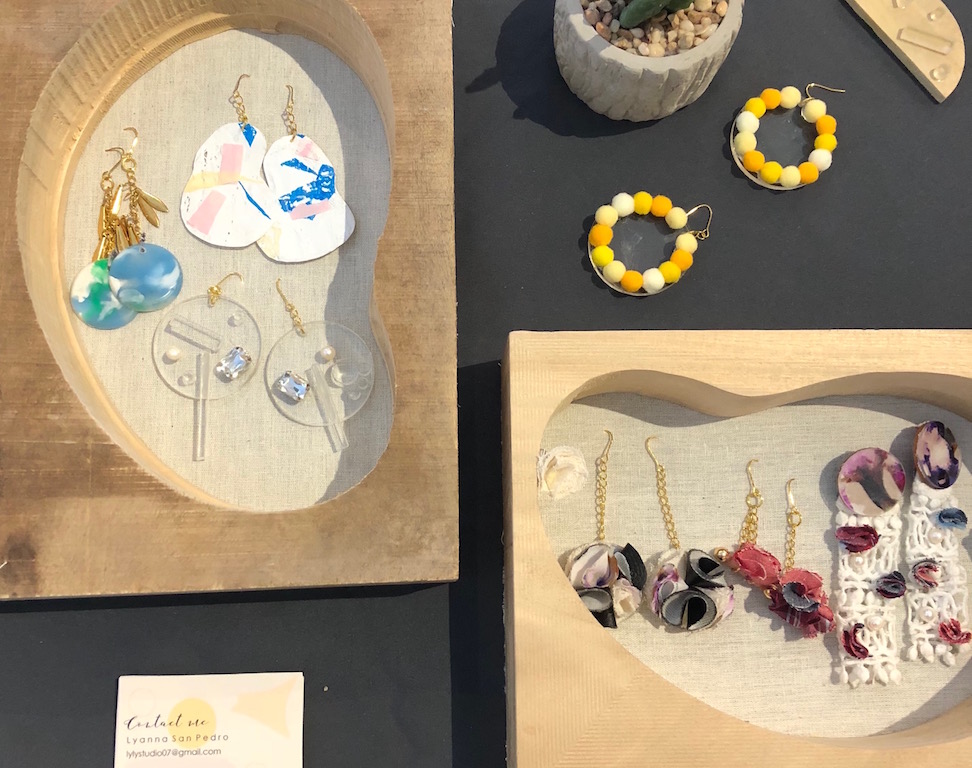
The creative mind is one that fabricates beautiful things out of the most meager resources. From recycled plastic, bottle caps and straws, to scraps of wood and acrylic pieces, University of the Philippines-Cebu’s third year Product Design students, Lyanna San Pedro and Jay Chadly Pulan, aim to give life to pieces we once neglected as trash.
Osiris
Since her win during the Aboitiz Green Fashion Revolution stint for her collection of accessories, 20-year-old Lyanna San Pedro has ventured on the path of jewelry making. She recalls that in class, during the conceptualization of one of her designs, her goal was to always innovate materials and give it an aesthetic rebirth.

Lyanna San Pedro’s Osiris collection of earrings were created purely from scraps and trash the Fine Arts-Product Design student picked up.
Her earrings collection Osiris is made up of different pieces, unified by the essential ingredient of recycled materials. From Egyptian mythology, Osiris is the god of resurrection, transition and regenerations–which Lyanna believes encompasses the essence of her design.
The earrings collection made from scrap materials and 50% plastic is a rebirth of the tons and tons of scraps and trash she found in places she frequented. Machineries in her university also helped her make use of the scraps through the process of grinding and pressing for plastic, which then allowed her to play with different shapes and materials in her collection.

The rightmost pair is Lyanna’s personal favorite rom her collection, which is also her first ever prototype.
The spring and summer collection was inspired by Lyanna’s childhood memory of the local borloloy, a Tagalog slang for fashion accessories. These are colorful pieces of jewelry, such as bracelets, necklaces and earrings, that one would wear at church on Sundays or for special events.
Her favorite piece, though nameless, holds a special place in her heart as it is her first ever prototype. She also took the time to develop such a piece, adding one piece after another until she found the design complete. No wonder it had become her go-to accessory when she went out.
Lyanna finds her earrings collection unique, aside from her advocacy for a zero waste lifestyle, because she also takes pride in its creation. Her creative eye was put to the test in order to take in junk and transform them into a one-of-a-kind product. With bits and pieces of lace, buttons, worn out pearls, acrylic, scrap fabric and a dash of creativity, Lyanna gave birth to the Osiris collection through the the rebirth of what many had considered trash.
Foliosa
One look at the at 22-year-old Jay Chadly Pulan’s designs, and you wouldn’t think they were made straight out of recycled plastic bags of different shapes, sizes and colors. Giving in to her inner diva, she translated the styles of Lady Gaga and Beyonce into her trashion (trash + fashion) pieces.

Jay Chadly Pulan used heat to melt the color of the plastics she had collected, putting them all together into one sheet that she then used to cut out patterns.
The collection is named after the coral specie folios, as the composition depicts the abstract formation of ruffles and waves in corals. By fusing plastics through heat pressing and ironing, Jay collected at least two large bags containing varied types of plastic–bags, caps and straws, among others–and ironed it into a big sheet that she then formed patterns with. Jay went on to buy heels from a thrift shop, and experimented its form using scraps of wood to form the unique arched shape of the heels in the piece.
Jay sees her designs as a unique venture into sustainable and environmentally friendly trashion concept, as it resulted in an avant-garde piece. This is a unique take on clothing made from recycled materials, which usually focuses on the creation of ball gowns and ternos. The technique of using heat and fusing the colors to come off into an off-white color makes this Fine Arts student stand out.

The Foliosa shoes were created from a pair that Jay had bought at a thrift store, then experimented with using the plastics.
Calling out to budding artists in the local art scene of Cebu like her, Jay says that anyone can create a perfect design. What sets a good designer apart, however, is the advocacy they are supporting through their designs. In Jay’s case, she hopes for zero waste in the fashion industry.
Jay aims to add to her collection more fine, sustainable and environmentally friendly pieces in the coming months, and visualizes that the future of the fashion industry, and that of her projects, will venture into new technology that would develop motion on dresses.
The concept of fast fashion has come about in this generation, which has proved to leave polluting footprints. Some clothes literally just end up in landfills after they go out of style.
However, with efforts like this, the future of the local fashion scene looks promising. New ideas, like those of these art students, show that fashion doesn’t have to focus just on aesthetics. Instead, they also put heavy thought on how to reduce waste in the industry of fashion, without compromising their art.
Fashion
To See and Be Seen: Philippine Terno Gala, A Celebration of Heritage and Couture
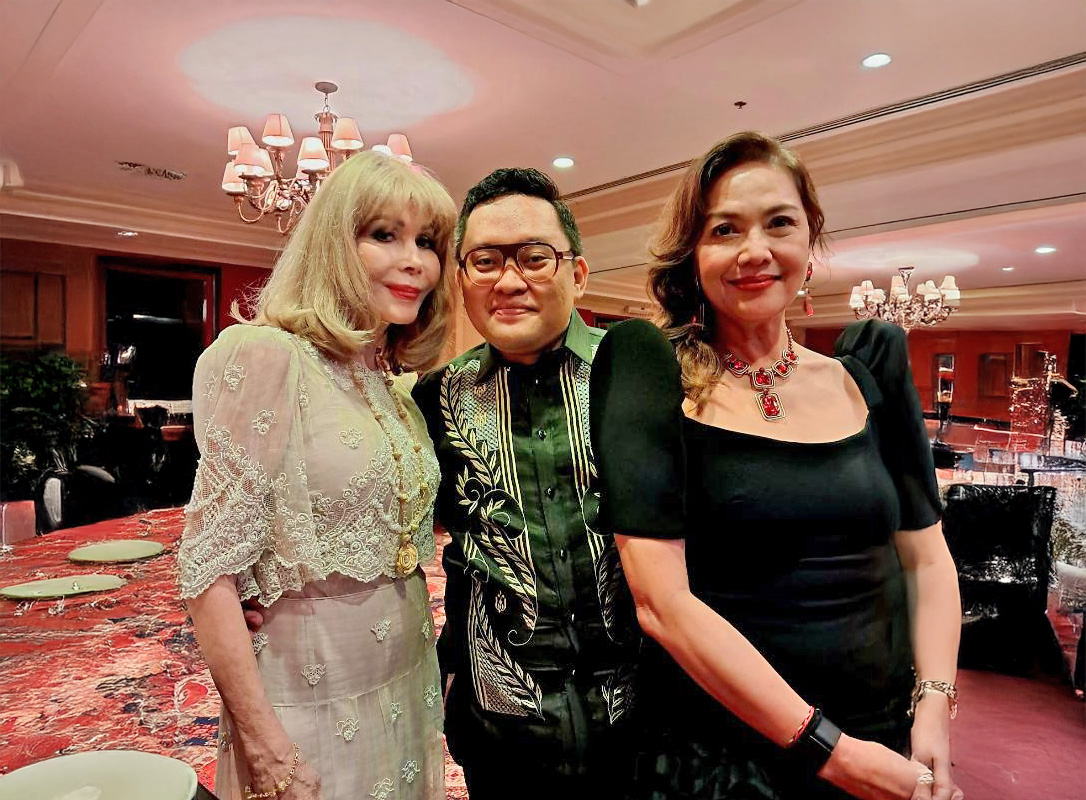
by Kingsley Medalla | photography Emmanuele Sawit
Fashion
Behind the Scenes: Backstage at The Philippine Terno Fashion Show 2025 in the Waterfront Cebu City Hotel & Casino
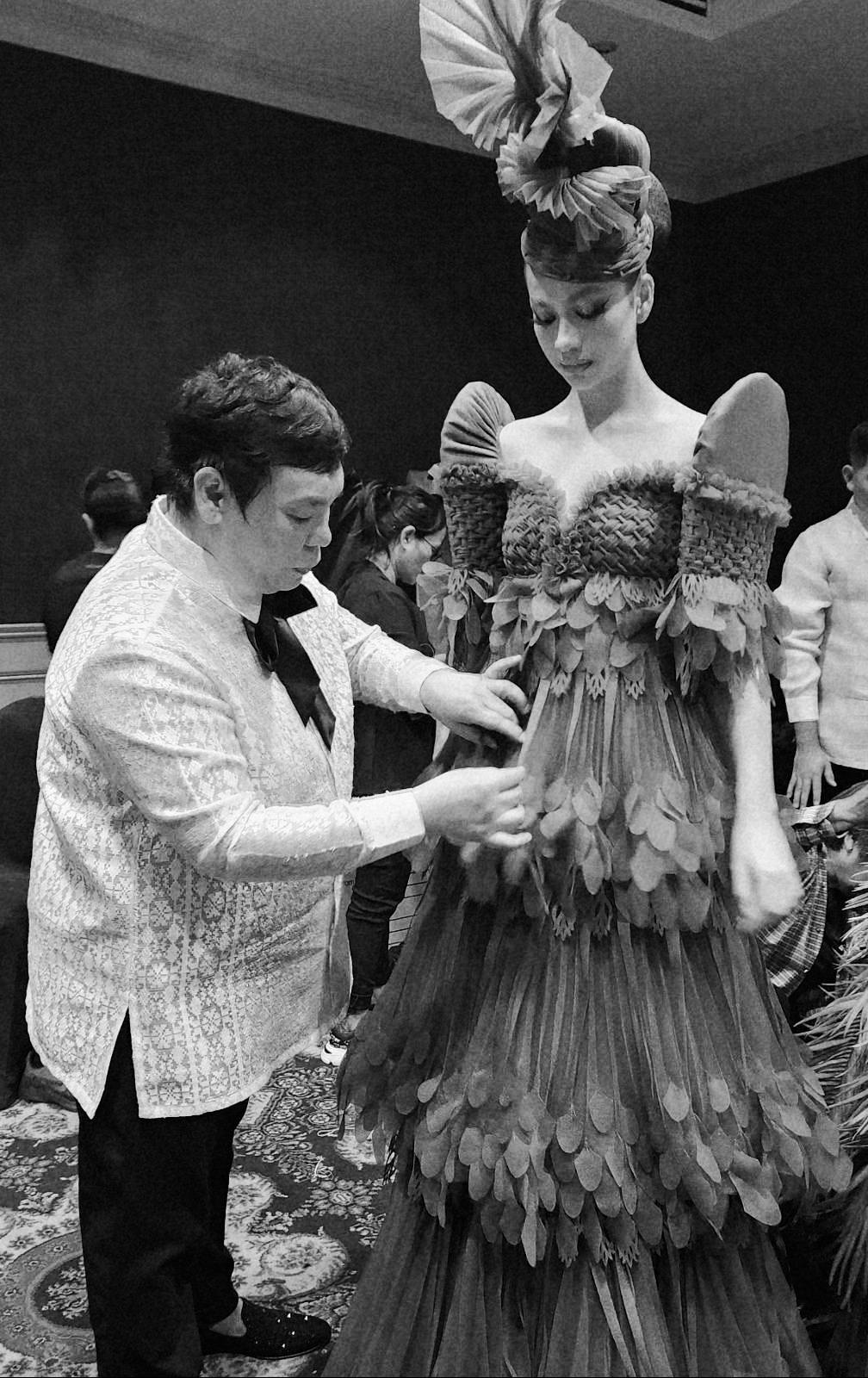
By Doro Barandino
What most people attending fashion events don’t realize is that the actual battleground happens backstage. Here’s a peek at the real magic that transpires among fashion designers, stylists, hair and make-up artists, dressers, and ramp models hours before showtime. In the recent Philippine Terno fashion show, a whole team of creatives in the fashion industry produced the most extravagant and whimsical recreation of the celebrated garment in the country’s cultural landscape.
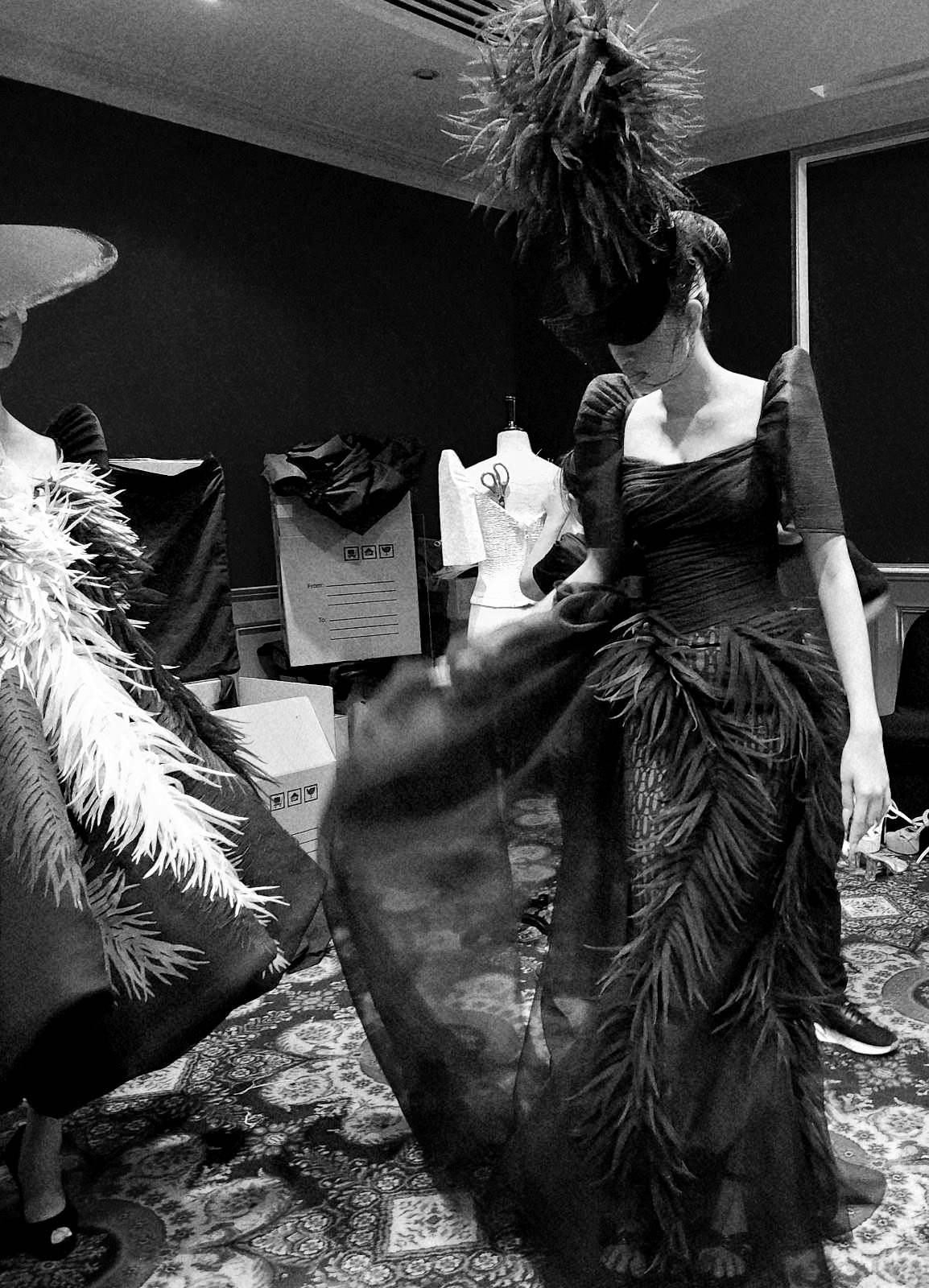
Fabric manipulation simulating bird feathers are the main features in Cary Santiago’s ternos.
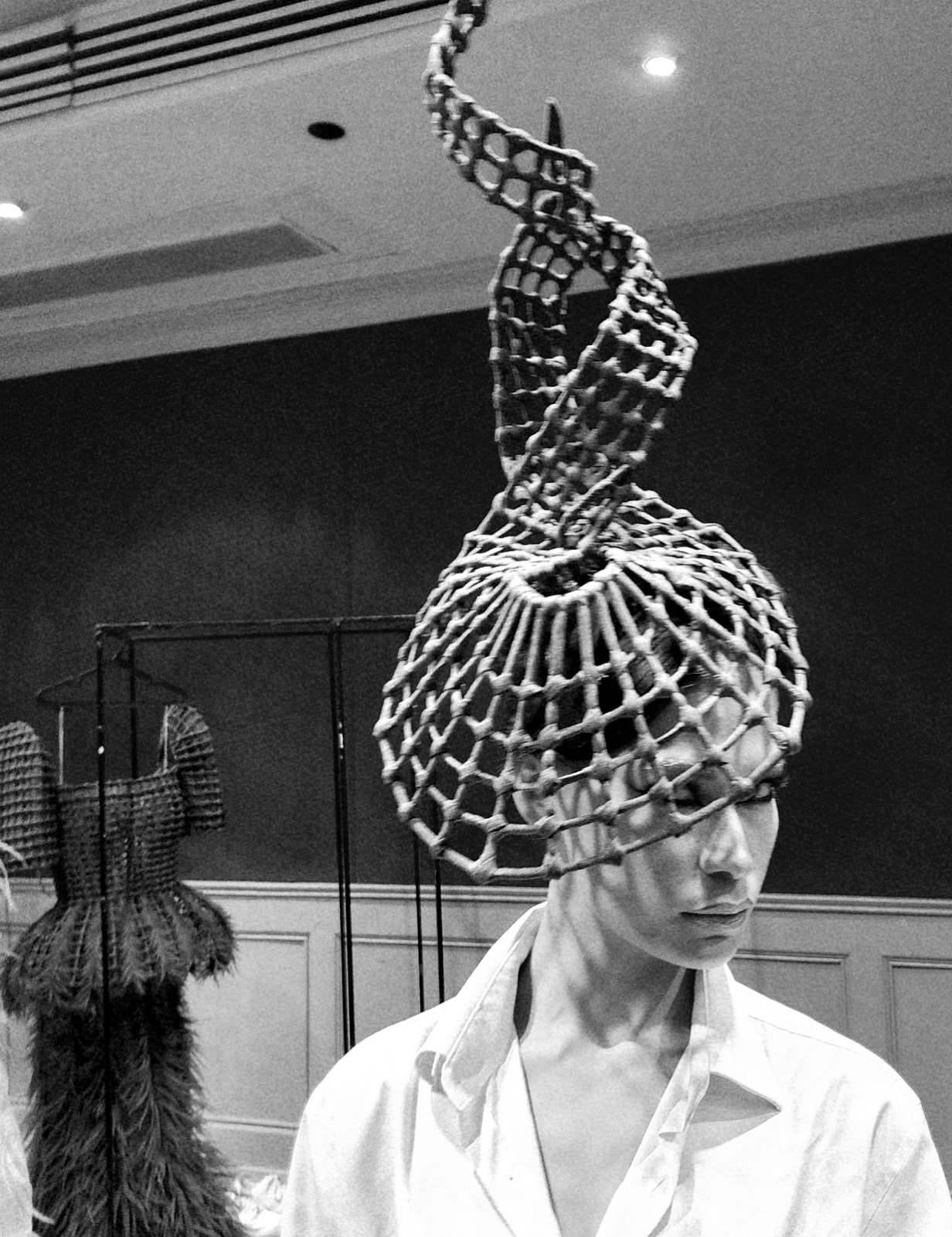
Mesh-like sculptural head accessories added to the visual impact of the designer’s collection.
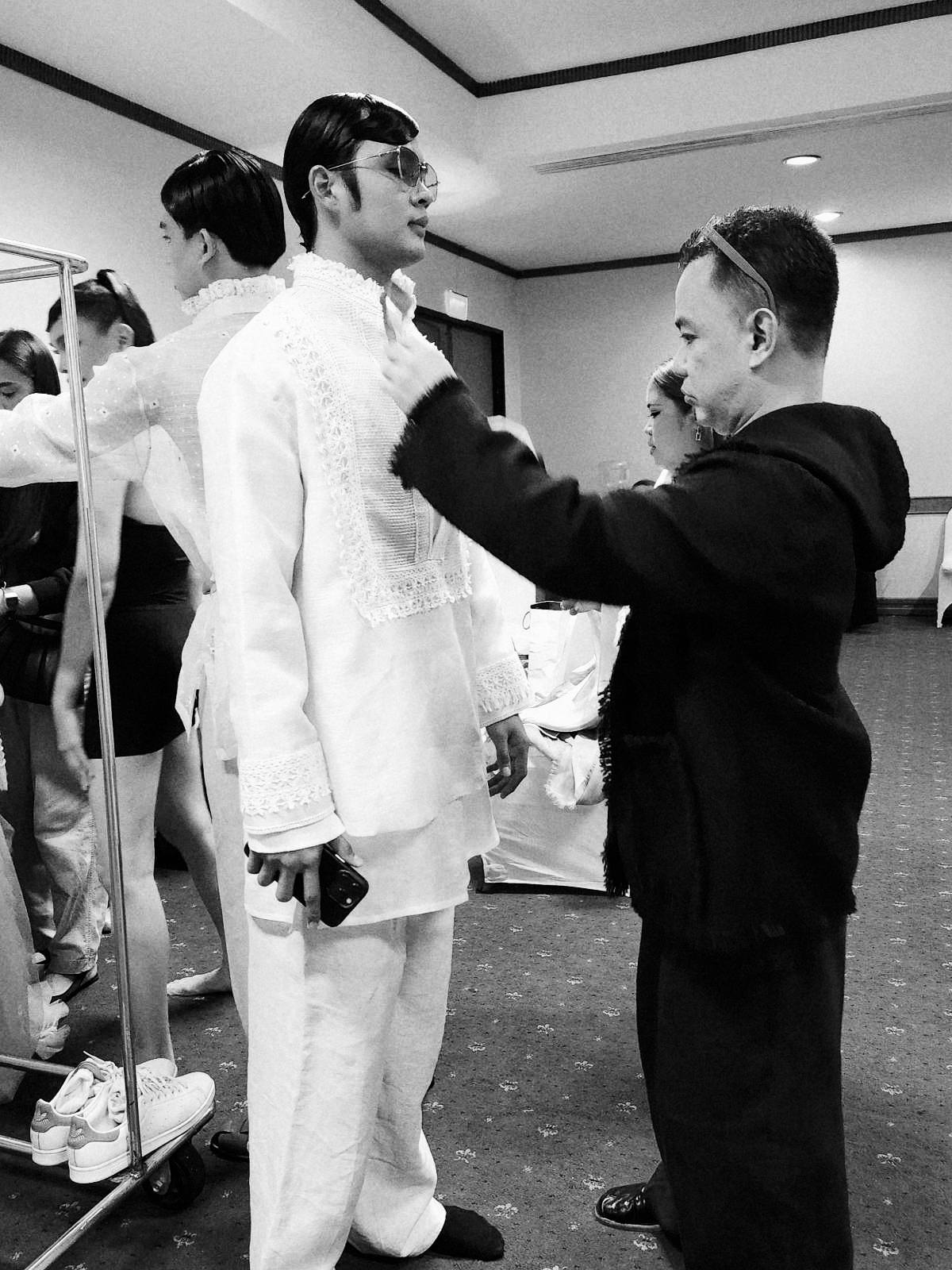
Jun Escario’s relaxed barong tunics are characterized by its fine embroidery on pinya fabric
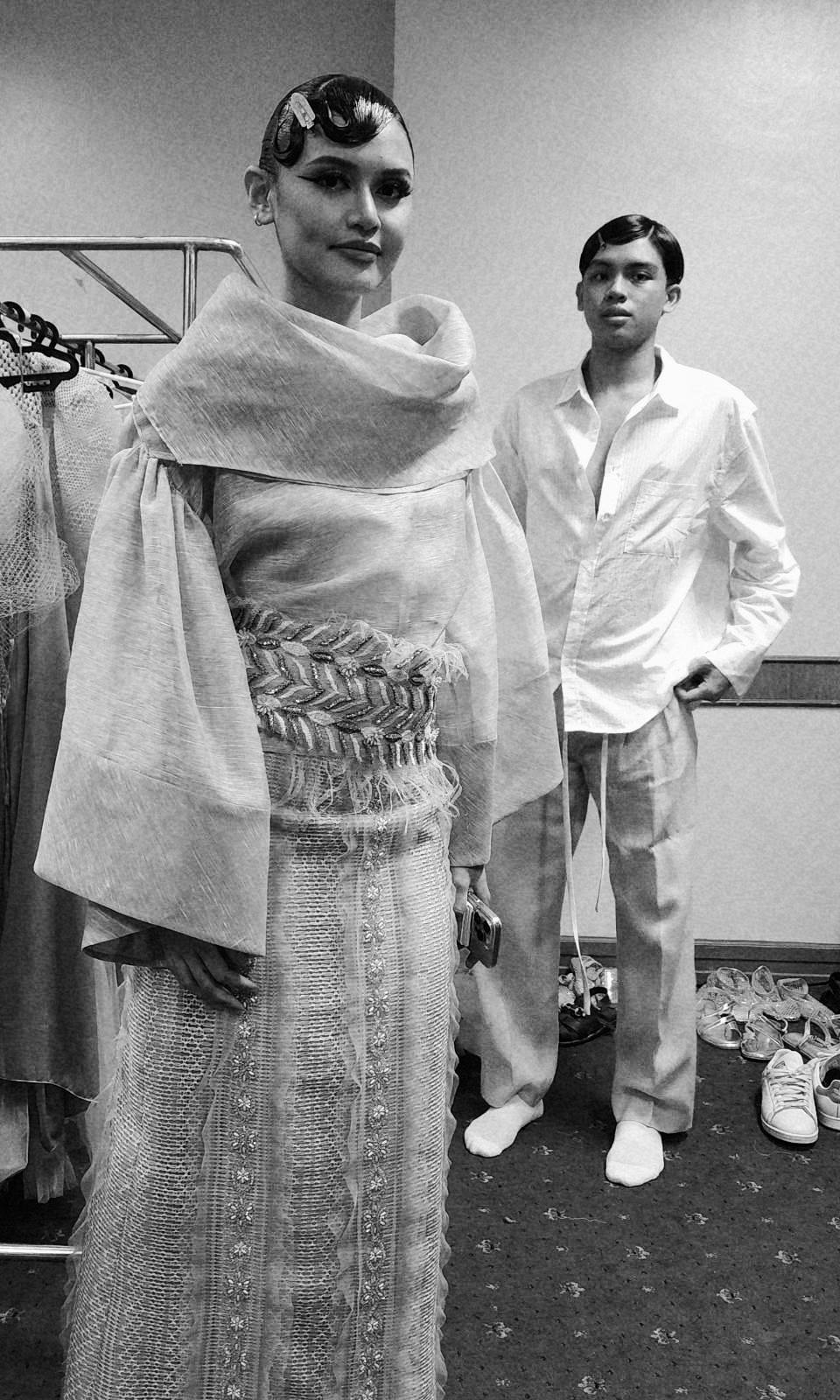
The modern kimona reinterpreted by Jun Escario.
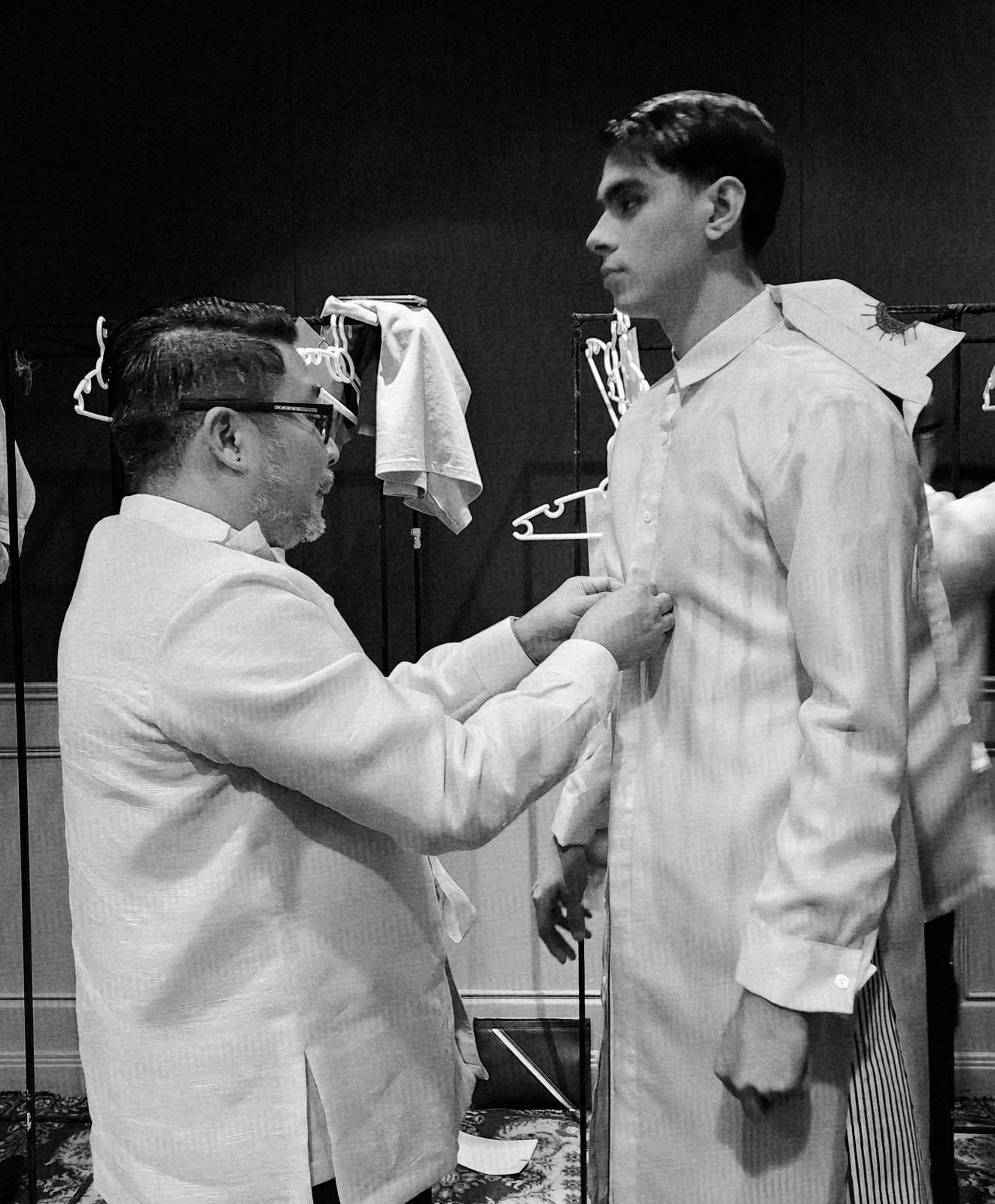
Edwin Ao’s take on the Barong is both linear and minimalist.
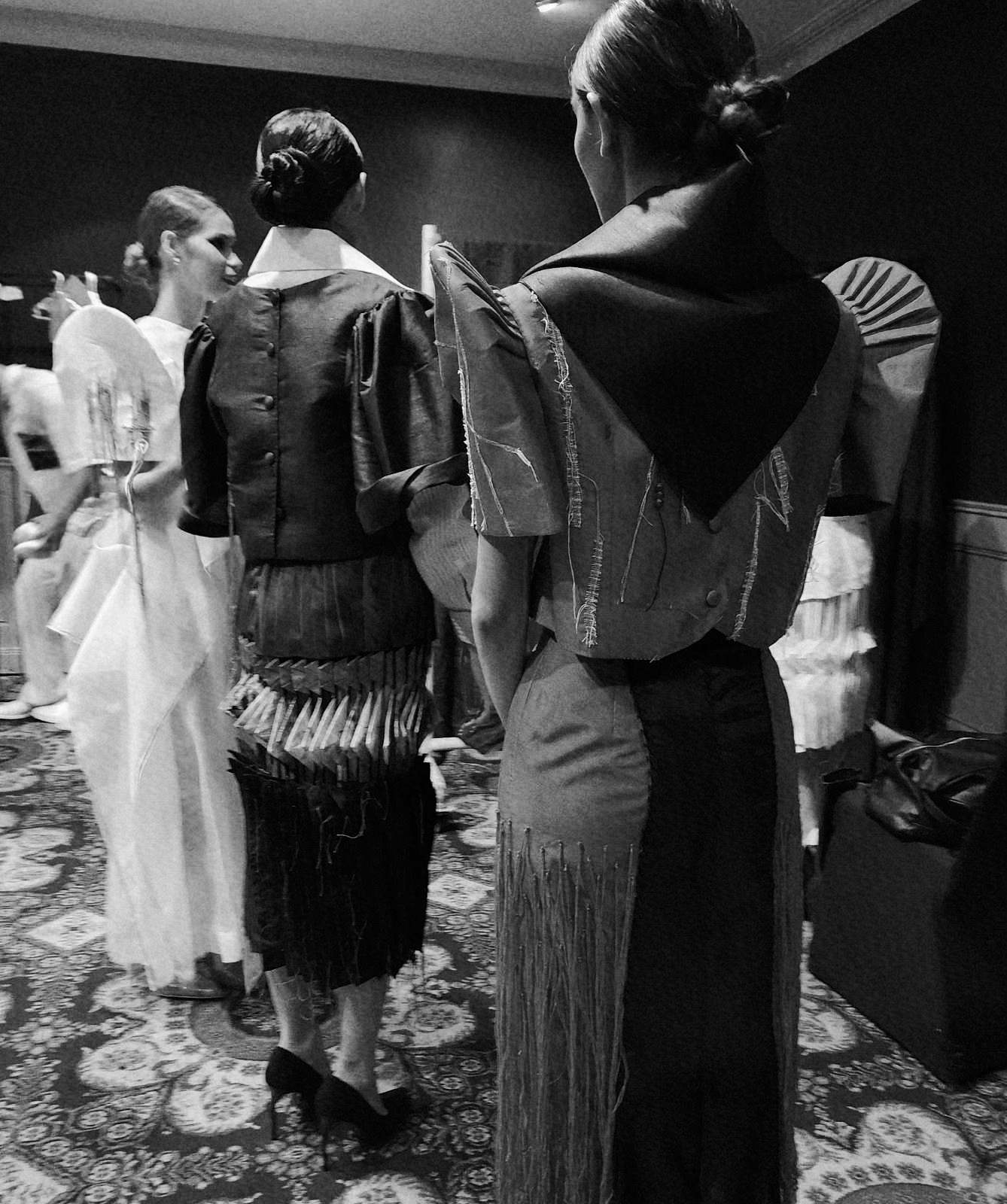
Edwin Ao ‘s modern version of the traditional baro at saya has architectural folds as its signature look.
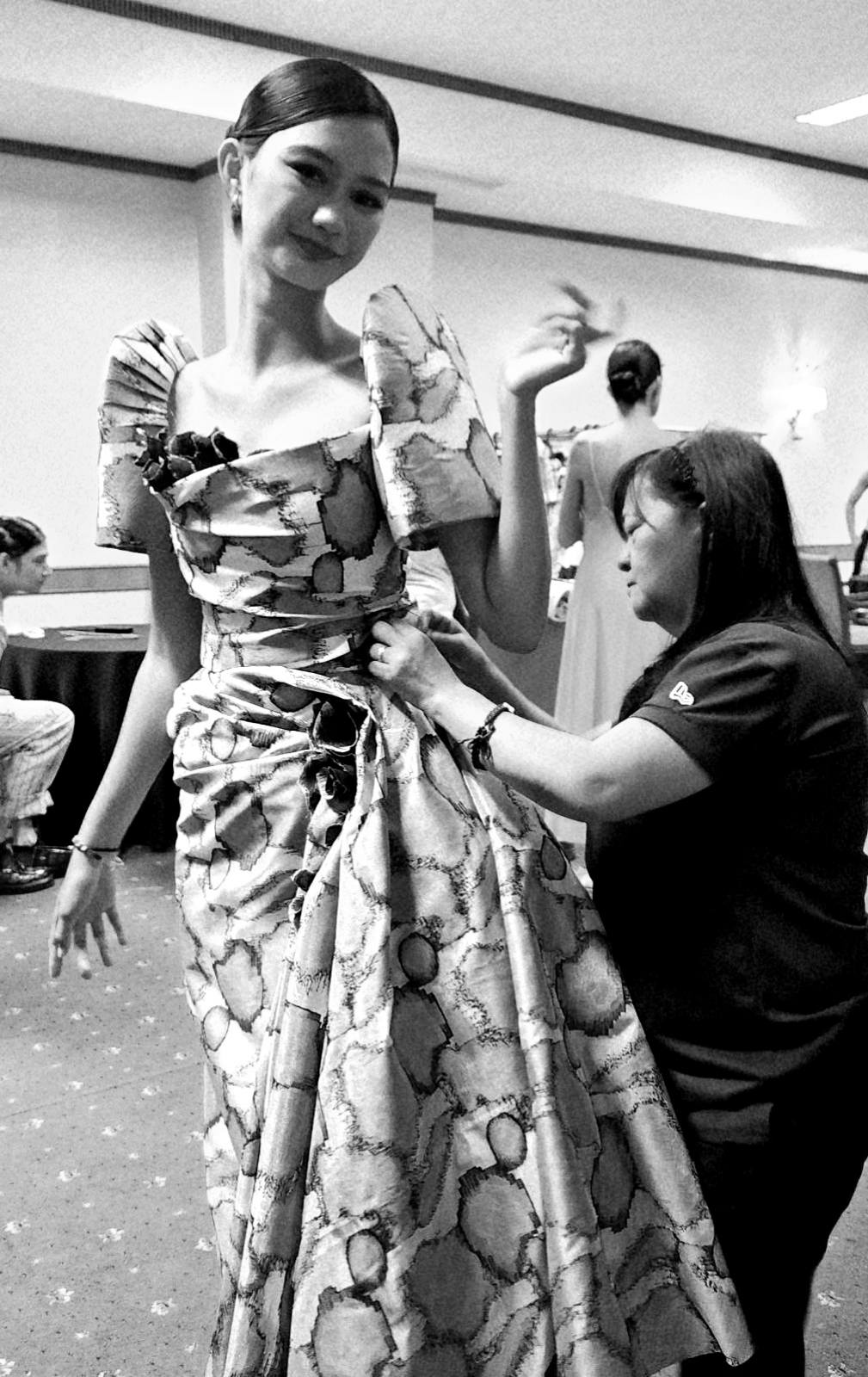
The classic terno has draping and printed silk fabric on Joji Lloren’s master class look
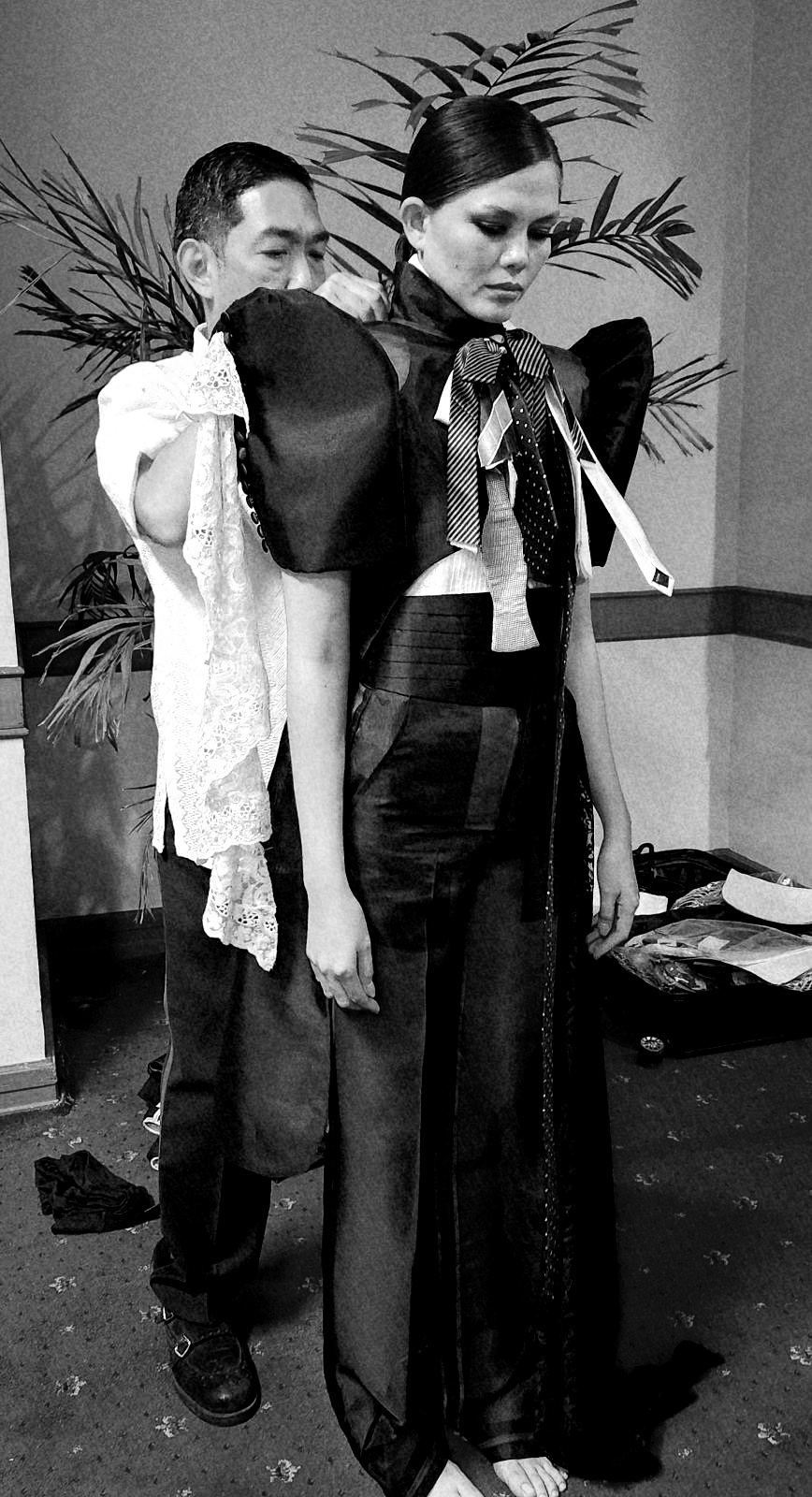
Joey Samson known for avant-garde designs has assorted neckties as an accessory to complement the color black.
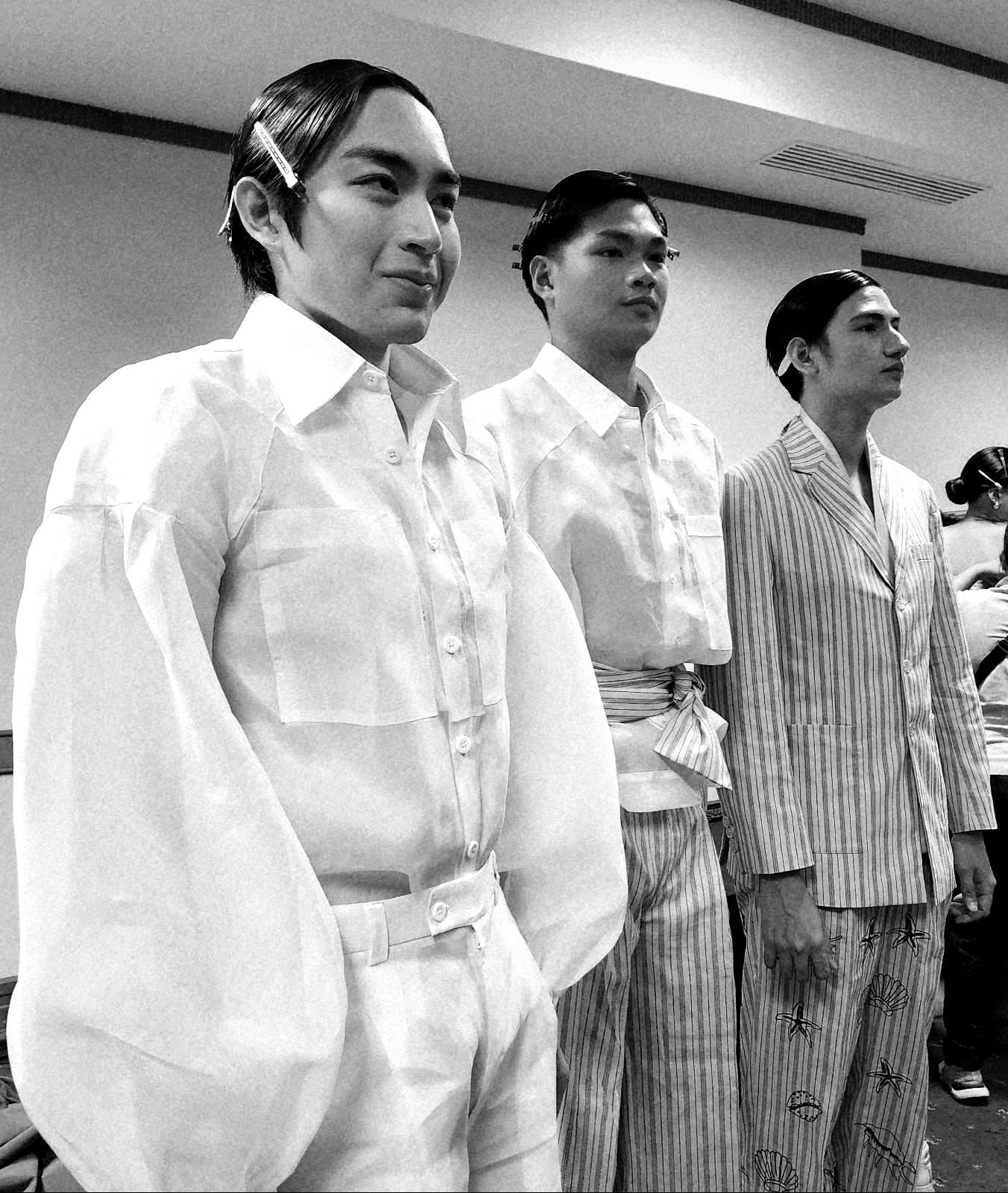
Protacio re-shaped the silhouette of the traditional barong Tagalog.

Joji Lloren added geometric patterns for a more contemporary look on the terno.
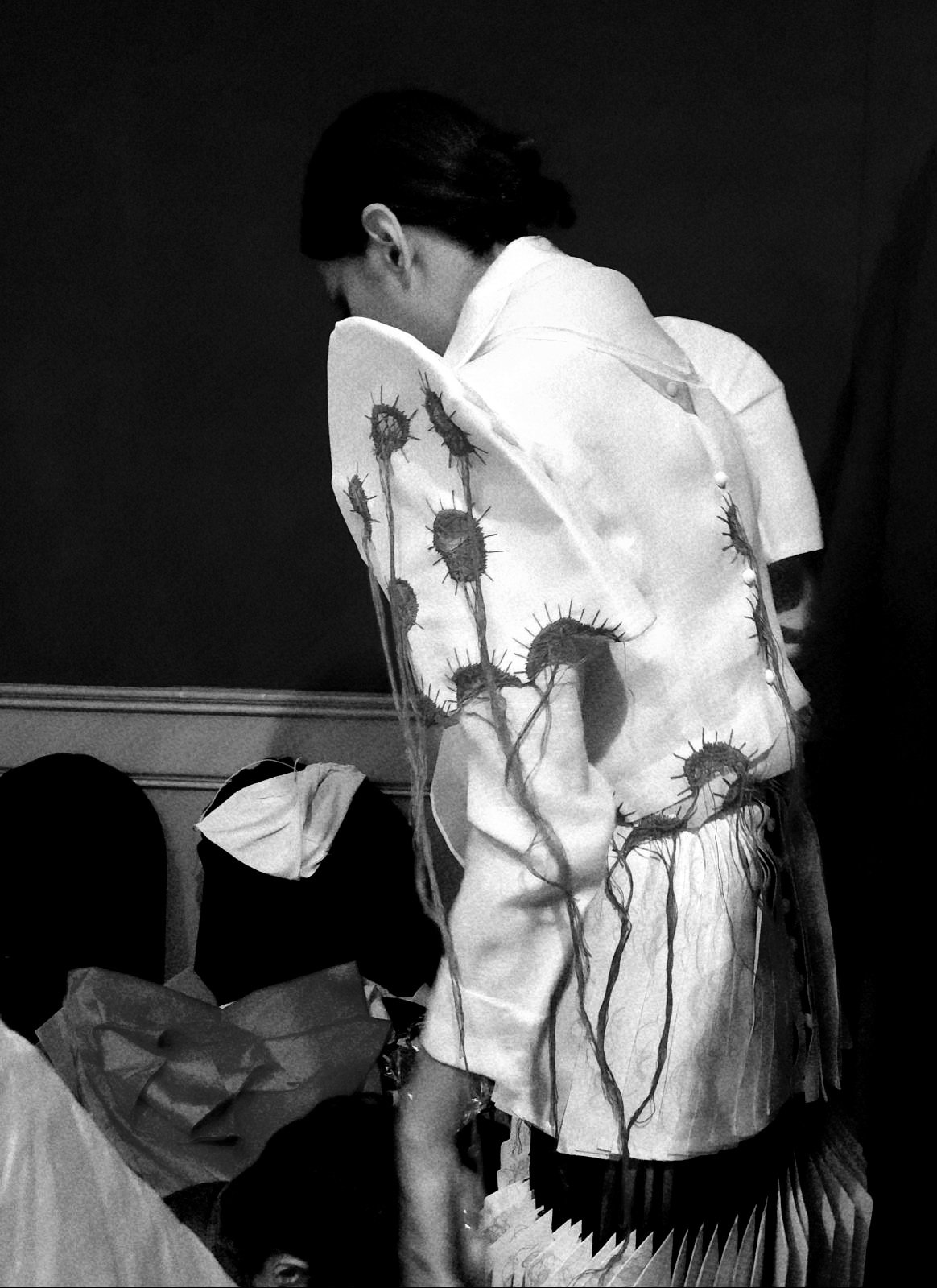
Unfinished stitches of embroidery leaving loose threads add movement and volume to Edwin Ao’s version of the terno
Fashion
Salt, Silk, and Stardom: Ten Reasons Celebrities Wear Amato by Furne One

by Oj Hofer
At Take Me to the Sea, Amato by Furne One unveiled more than a resort/bridal collection — he revealed a world suspended between tides and starlight, where salt, silk, and stardom stitched themselves into every look.
Held at The Hall of the Crimson Resort and Spa Mactan, the show was a transportive experience. As waves whispered beyond the glass, Amato’s gowns swept down the runway like sirens called to shore. Here are ten reasons why global icons return — time and again — to his sea of style.
1. Salt in the Craft
His garments carry the wild grace of the sea — textured, elemental, unforgettable. Every bead, cut, and crystal tells a story shaped by emotion and intuition.

2. Silk in the Movement
Though opulent, his creations float. There’s ease in the drama — cascading motion without weight. Ideal for performers who speak through movement.

3. Stardom in the Vision
Furne doesn’t chase trends — he conjures icons. His gowns command attention while allowing the wearer’s light to radiate.

4. Salt as Spirit
There is soul in the stitching — a deep undercurrent of cultural pride and personal mythology. His work carries weight because it carries truth.

5. Silk as Spellwork
His fabrics don’t just dress — they enchant. Each piece invites touch, reverence, and awe.

6. Stardom in the Silhouette
Furne understands form. He doesn’t simply clothe a figure — he sculpts for presence. For red carpets, concert stages, and film legends.

7. Salt of the Earth
Despite global acclaim, Furne remains grounded. His humility fosters collaboration, creating space for intimacy in the creative process.

8. Silk-Wrapped Strength
There is softness, but never fragility. These gowns are fierce — veiled in elegance yet unapologetically bold.

9. Stardom as Alchemy
Wearing Amato is not mere adornment — it is transformation. A star steps into a Furne One creation and becomes mythic.

10. Salt, Silk, and the Furne Himself
Furne One is the thread. With quiet charisma and a generous spirit, he doesn’t just dress celebrities — he disarms them. And from that space of trust emerges what every artist longs for: wonder.
And in Amato’s world, wonder always wins.

Fashion designer Furne One
-

 Style2 months ago
Style2 months agoHappy Melendres Traipsing Around Manhattan in Non-Stop Armani
-

 Arts & Culture2 months ago
Arts & Culture2 months agoKultura. Kapital. Kasalukuyan: Art that Speaks of Today
-

 Prime Target1 month ago
Prime Target1 month agoMiko Sarmiento: Turning Silk Scarves Into Works of Art
-
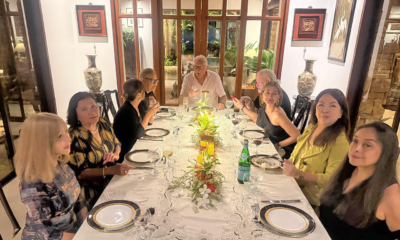
 The Scene2 months ago
The Scene2 months agoAnother Elegant Dinner at Chez Marguerite
-
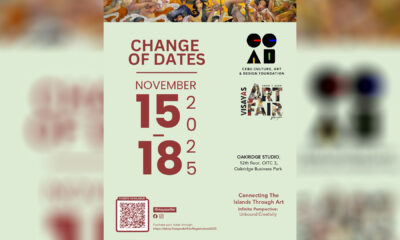
 Arts & Culture2 weeks ago
Arts & Culture2 weeks agoVisayas Art Fair Year 5: Infinite Perspectives, Unbound Creativity
-

 Prime Target2 months ago
Prime Target2 months agoLuna Vdl–Endless Summers in Siargao
-

 The Scene2 months ago
The Scene2 months agoA Stylish Soirée: Cebu’s Elite Celebrate Jackie Deen Lotzoff at Mad Thai
-

 QuickFx2 months ago
QuickFx2 months agoI Lost It at the Movies: Five of the Most Significant Films of the 1960s


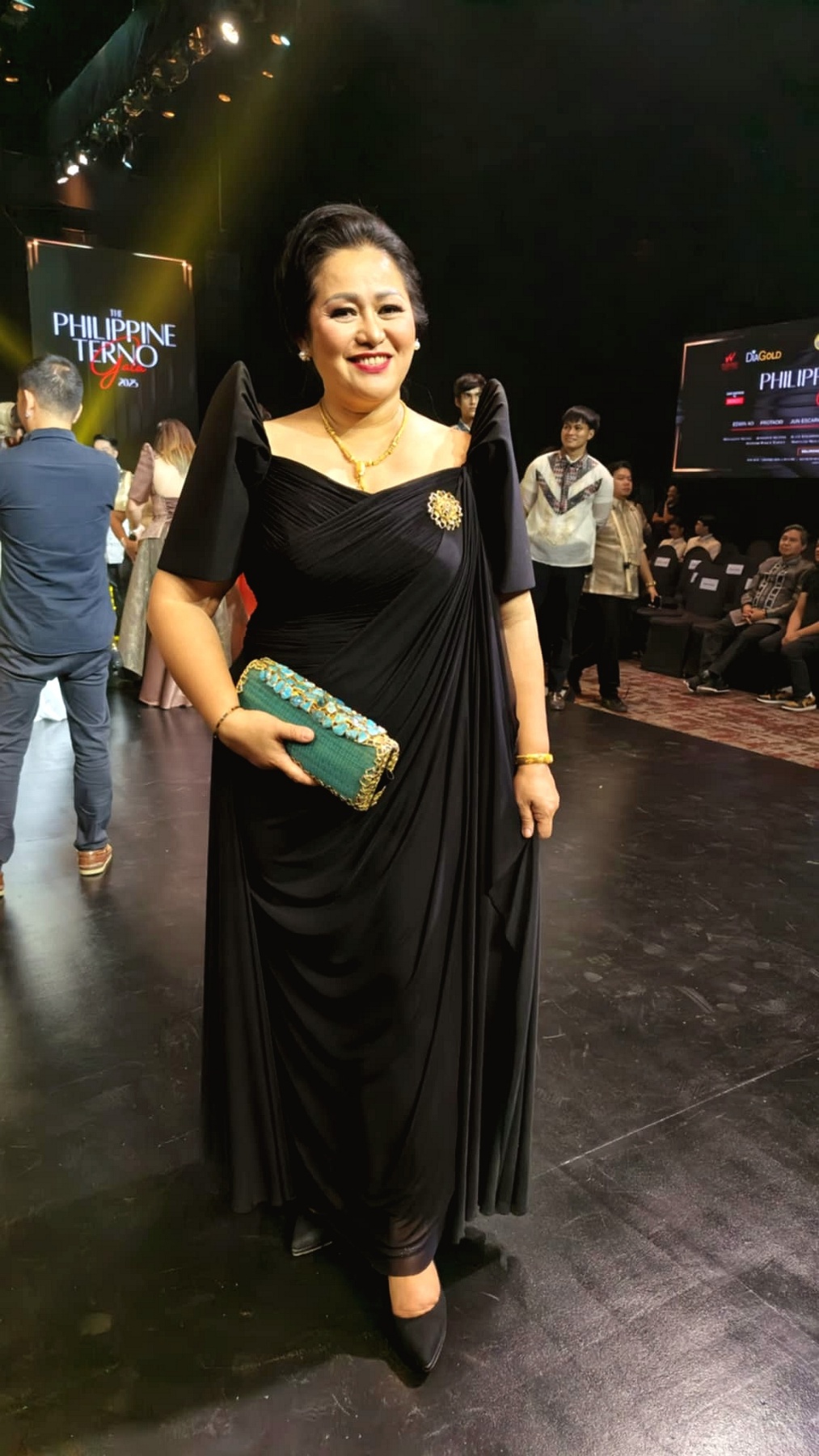
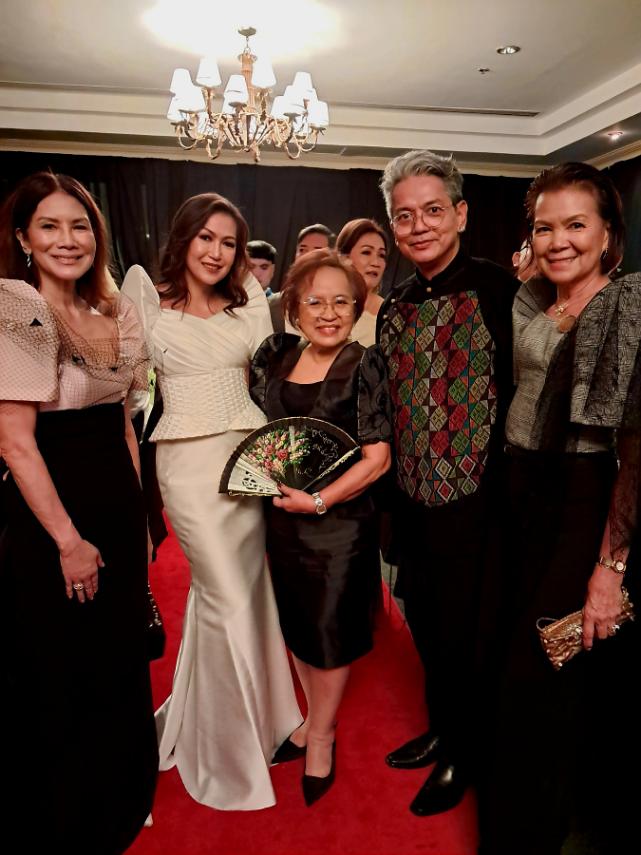

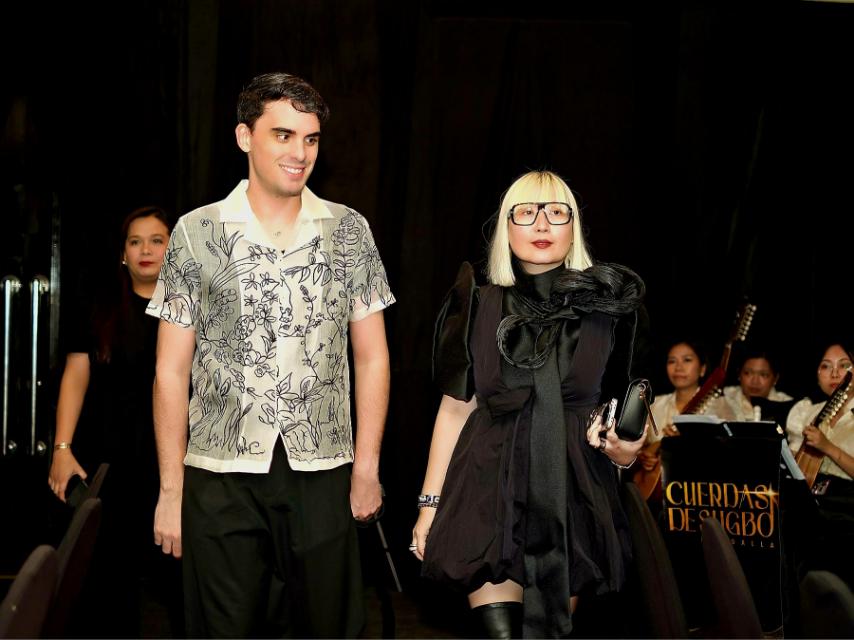
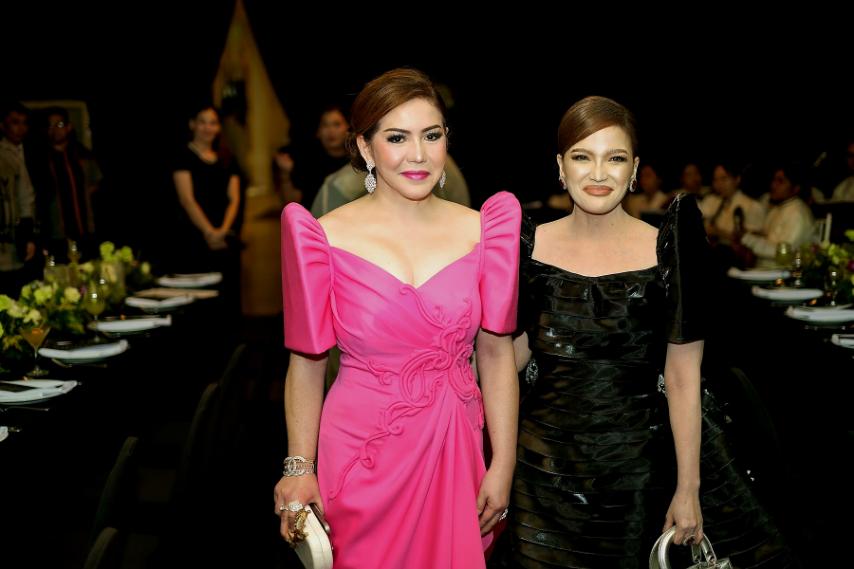
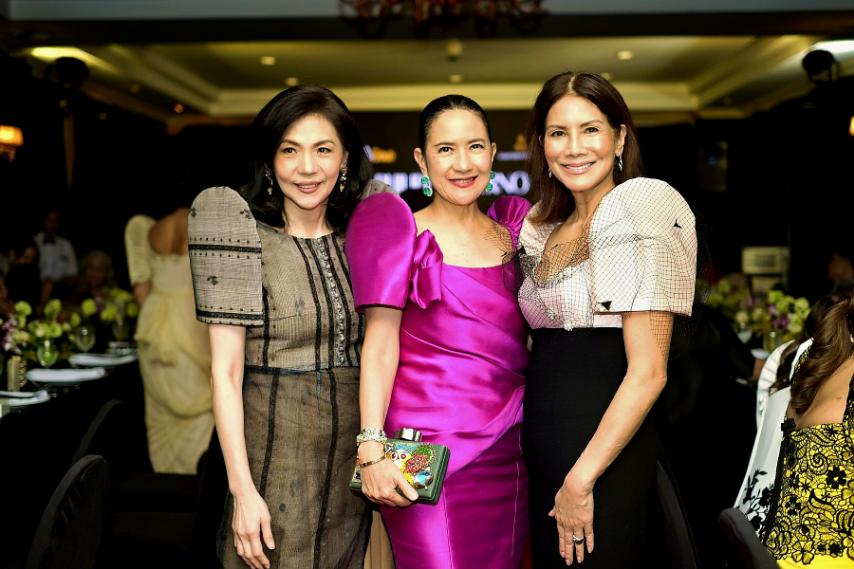
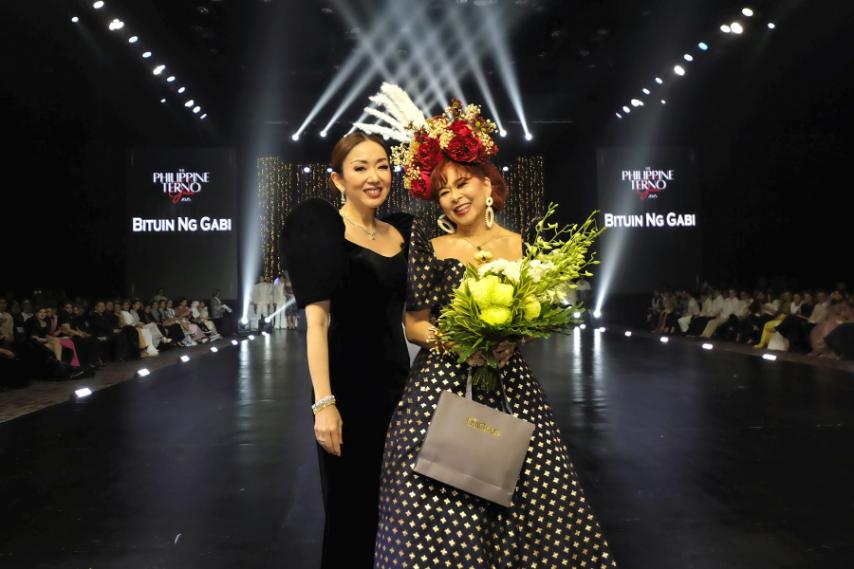

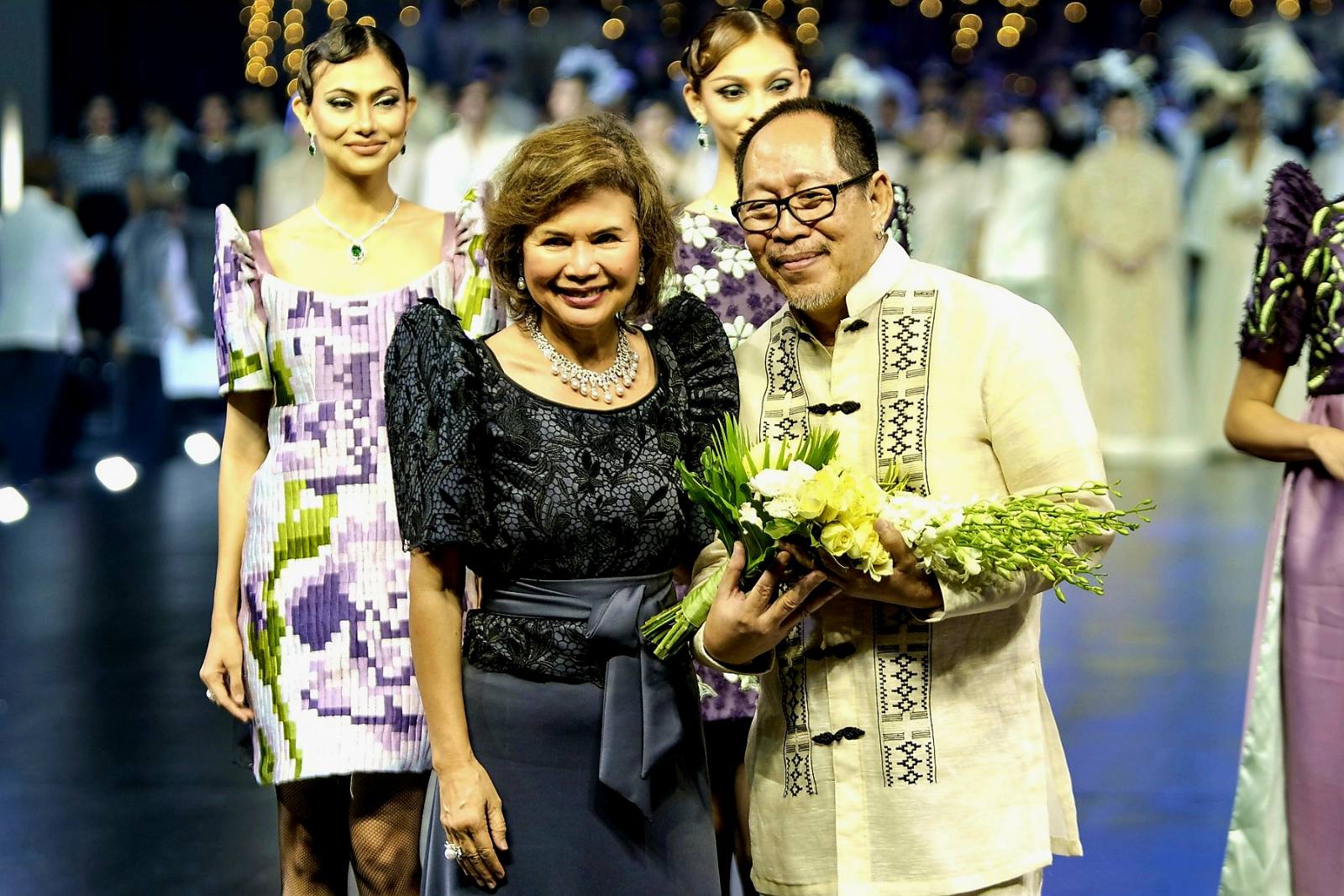



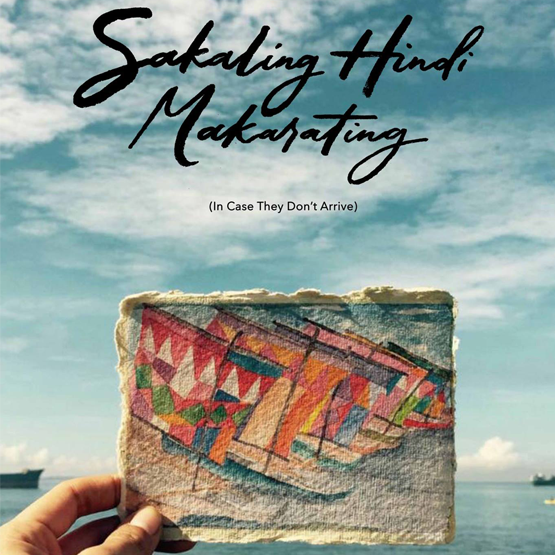




You must be logged in to post a comment Login